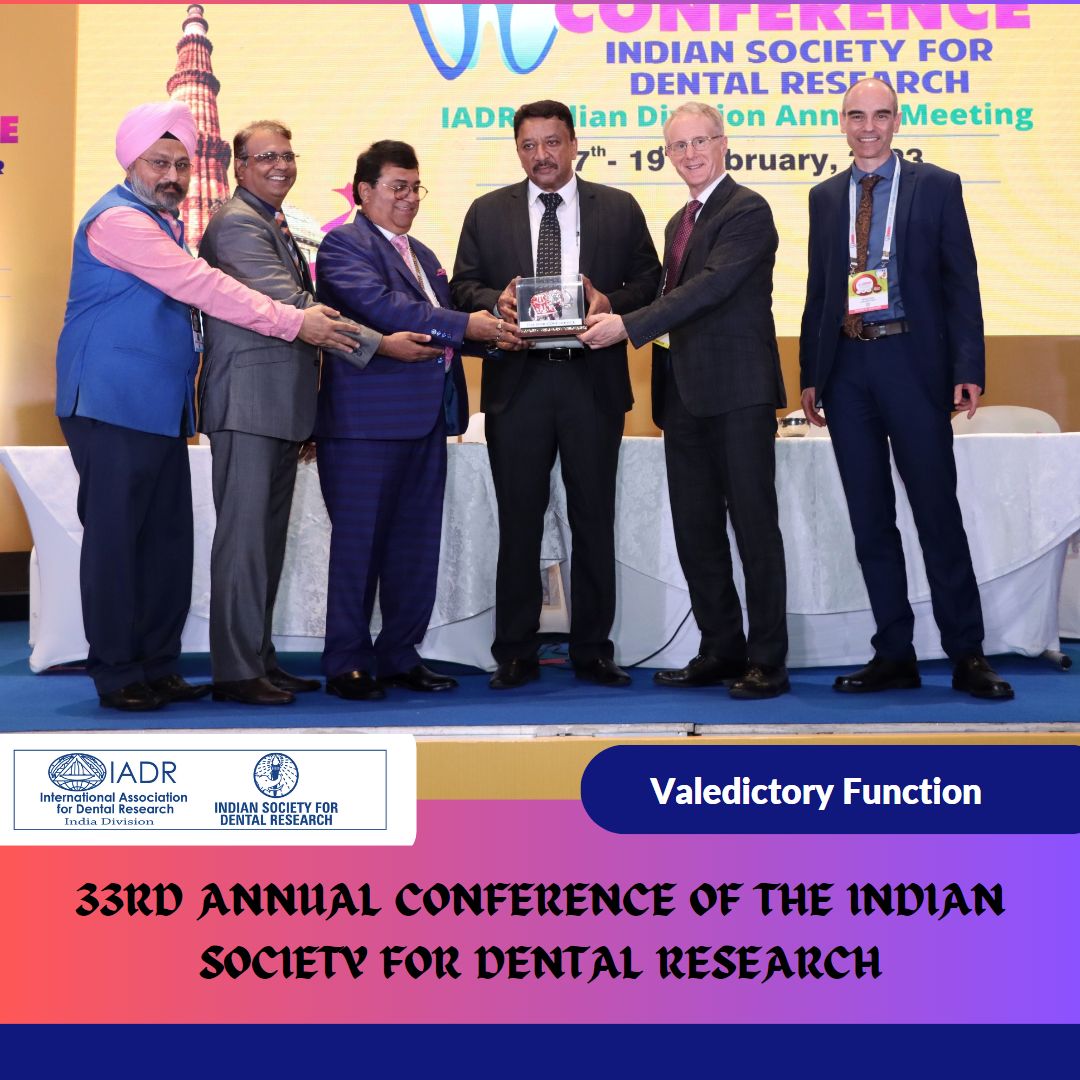WHAT IS TMJ SURGERY | TEMPOROMANDIBULAR JOINT | JAW JOINT SURGERY
TM is a superspecialty oral and maxillofacial surgery procedure. Only the best oral and maxillofacial surgeons perform this surgery. It takes years to master this type of surgery. Fractures of the TMJ and TMJ reconstruction surgery are the most common surgeries of the TMJ. These are complex surgeries performed by experienced surgeons. The dynamic nature of the joint adds to the complexity of the surgery.

TM JOINT SURGERY IN INDIA
India has become a destination for medical tourism from all parts of the world. The cost of temporomandibular joint surgery in India is a fraction of what it costs in the west. Many patients from western countries combine a holiday with their surgery. This is because of India’s excellent reputation for offering quality surgical care.
TM joint surgery in India offers results that are on par with the best in the world. Injuries to the TMJ are very common in India due to the high rate of road traffic accidents. The number of simple fractures, comminuted fractures and fracture related ankylosis are high. Balaji Dental and Craniofacial Hospital is a specialty center for TMJ disorders. The volume of TMJ surgeries performed in the hospital is high. Results are comparable to the best in the world. This is the specialty center for Facial Asymmetry Surgery in India.


TEMPOROMANDIBULAR JOINT SURGERY SPECIALIST
Dr. S.M. Balaji is a renowned temporomandibular joint surgeon based in Chennai. He is well known for his skill in the diagnosis and treatment of temporomandibular joint dysfunctions. His PhD thesis was on Temporomandibular Joint Surgery. The best temporomandibular joint surgeons in India have years of experience. He performs several complex techniques in TMJ surgeries. This includes the use of temporalis myoflap in TMJ ankylosis surgery. He is a TMJ reconstruction surgery specialist.
He is a pioneer in the use of autologous bone grafts and titanium plates. Patients who had lost jaw function regain full joint movement with his surgeries. This enables the patient to regain eating and speech functions again.
ANATOMY OF TEMPOROMANDIBULAR JOINTS
The temporomandibular joints are located in front of the ear. It is a component of the mandible and connects the lower jaw to the skull
This is a synovial joint i.e. connects bones and allows movement. The bony components of the joint are the temporal bone and the condyle (the round upper end of the lower jaw). The bony surfaces have a covering of cartilage. A synovial fluid lubricates and nourishes the joint. A cartilaginous meniscus separates the two bones of the joint. This cushions the joint and allows smooth movement of the jaw during eating and speech.

TEMPOROMANDIBULAR JOINT DYSFUNCTIONS
TMJ disorders are those that cause pain and discomfort to the joint area. It affects the movement of the lower jaw with or without clicking in the joint during function. This is common among adults with stress being a major cause for its occurrence.
The causes of jaw joint disorders may be degenerative or chronic trauma. This results from constant clenching or grinding of the jaws. Stress and emotional trauma is a major cause of this. Improper alignment of teeth or jaws may also lead to TMJ problems.
Bruxism is the habitual grinding of teeth. It can lead to damage to the TMJ cartilage. Damage to this cartilage can lead to dysfunction of the TM joint. Constant pain and deviation during mouth opening can be the direct result of such damage. The joint cartilages are delicate structures and any damage to them is permanent. Proper diagnosis at the right time aided by proper treatment is essential.
Loss of posterior teeth can also lead to TMJ problems. It is the posterior teeth that help maintain stable facial height. This ensures proper positioning of the joint within the fossa. Loss of posterior teeth leads to loss of lower third facial height. This leads to eccentric positioning of the joint within the fossa. If the lost teeth are not replaced, this leads to chronic malpositioning of the joint. Pain and jaw deviation during mouth opening can result from this. It is important to replace lost molars to avoid development of joint dysfunction.
Improper reduction of coronoid process fractures also lead to TMJ dysfunctions. Coronoid process fractures are very difficult to diagnose. Expert oral and maxillofacial surgeons use their experience to diagnose such fractures. Coronoidectomy surgery relieves the dysfunction
CONDITIONS REQUIRING TM JOINT RECONSTRUCTION SURGERY
Certain conditions like ameloblastoma or dentigerous cysts occur in the mandible. They lead to extensive destruction of the mandibular bone. It requires extensive resection followed by reconstruction. Rib grafts from the patient along with titanium plates are used for reconstruction. Jaw reconstruction surgery is a very demanding surgery. Only very experienced surgeons perform TMJ reconstruction surgery. This is a variety of joint replacement surgery.

TM JOINT SURGERY FOR FRACTURES
The neck of the condyle is a very delicate structure. Even minor impacts to the jaw can fracture the condyle. A fall or a blow to the chin is the most common cause of condylar fracture.
Unilateral condylar fractures lead to jaw deviation upon mouth opening. Bilateral condylar fractures lead to inability to open the mouth. The mandible appears displaced with an accompanying open bite. Condylar fixation requires temporomandibular fracture surgery. Titanium plates and screws stabilize the fracture segments. Immobilization of the jaws for long periods can lead to ankylosis of the mandible.
TMJ ANKYLOSIS SURGERY
TMJ ankylosis surgery is performed through the placement of a temporalis myoflap. TMJ ankylosis can be bony or fibrous ankylosis. It can also be unilateral or bilateral. Unilateral ankylosis results in deviation of the jaw towards the ankylosed side. Bilateral ankylosis results in severe restriction of mouth opening. Ankylosis leads to severe restriction in mouth opening. This affects both speech and eating for the patient. Early mobilization of the joint after surgery helps avoid reankylosis of the joint.

SYMPTOMS OF TMJ DISORDERS
Symptoms of TMJ disorders include the following:
TREATMENT FOR TMJ DISORDERS:



INTRA ARTICULAR INJECTIONS
Injection of corticosteroids into the joint can relieve painful jaw symptoms. This is a conservative mode of treatment of degenerative disorders. This results in immediate relief from symptoms for the patient. Patient selection for this treatment should take many factors into account. These include severity of the disease and the patient’s general health condition.



